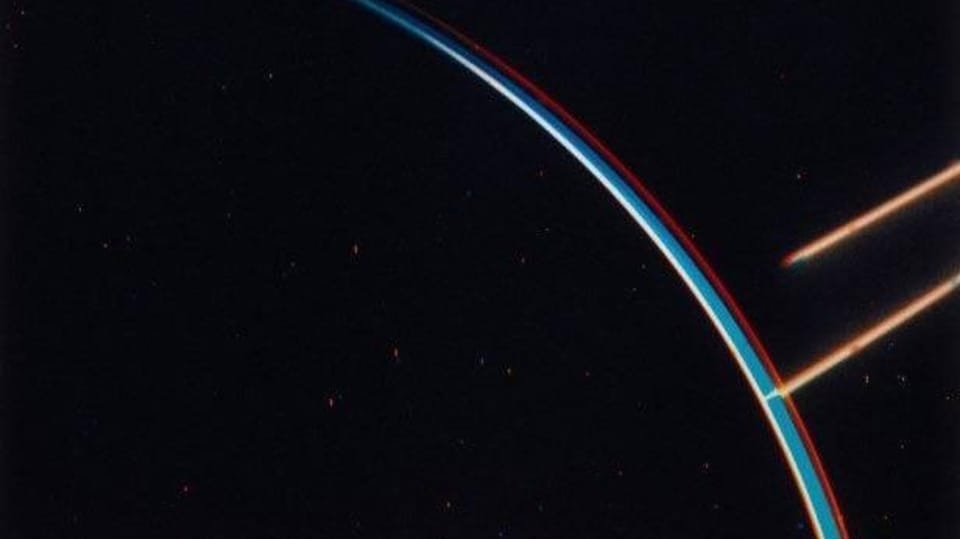NASA Voyager 1 completes 45 years in space! And still solving mysteries
NASA Voyager 1 spacecraft began an epic journey Forty-five years ago. Surprisingly, the journey even continues to this day, while flying to the outer planets and beyond to reveal unknown facts. Have a glimpse of the Voyager 1 spacecraft journey here.
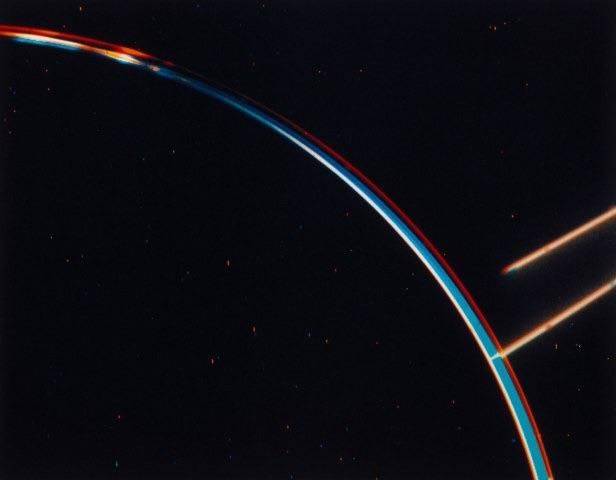
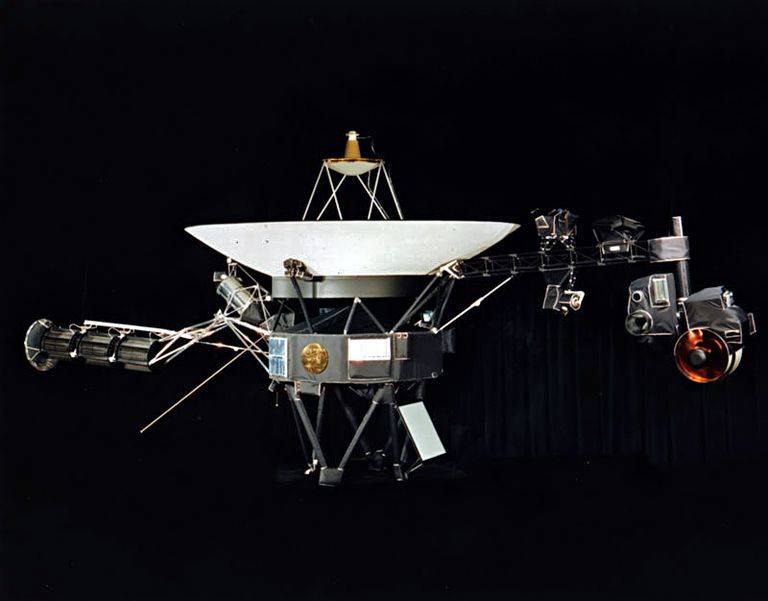
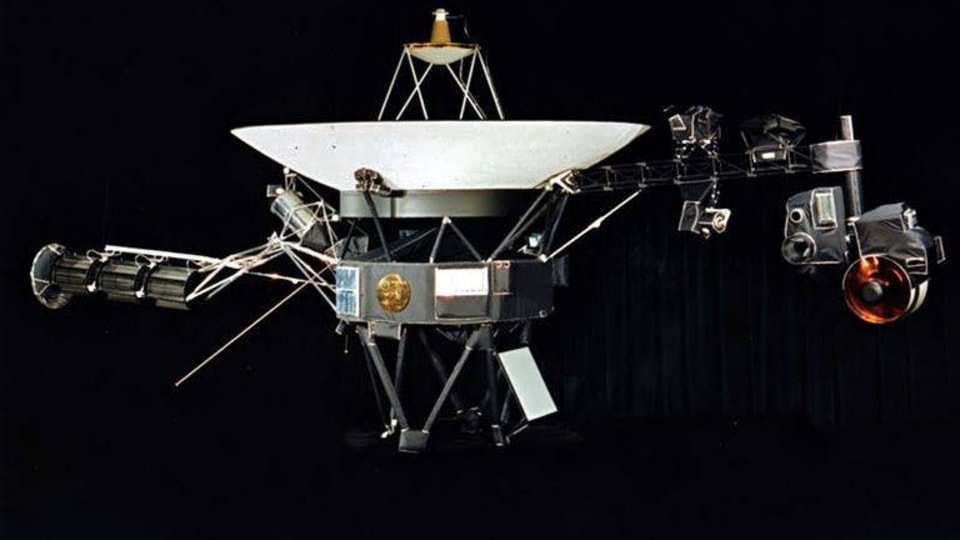


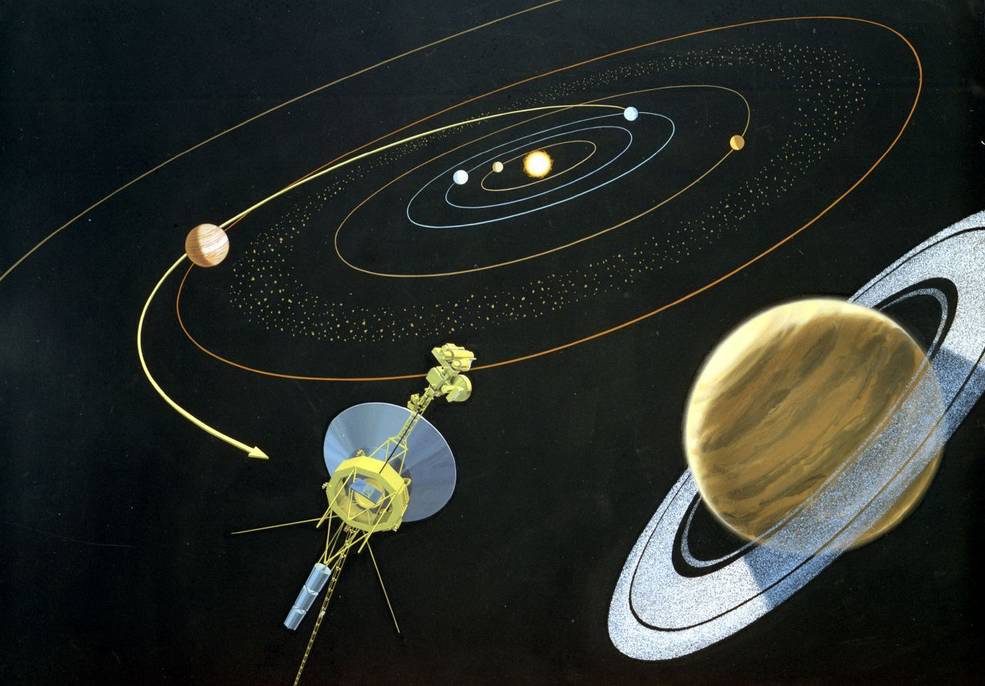

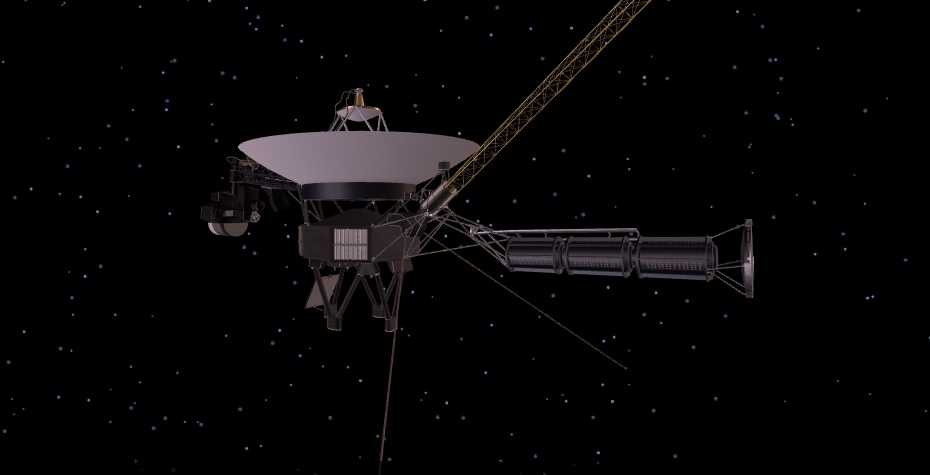
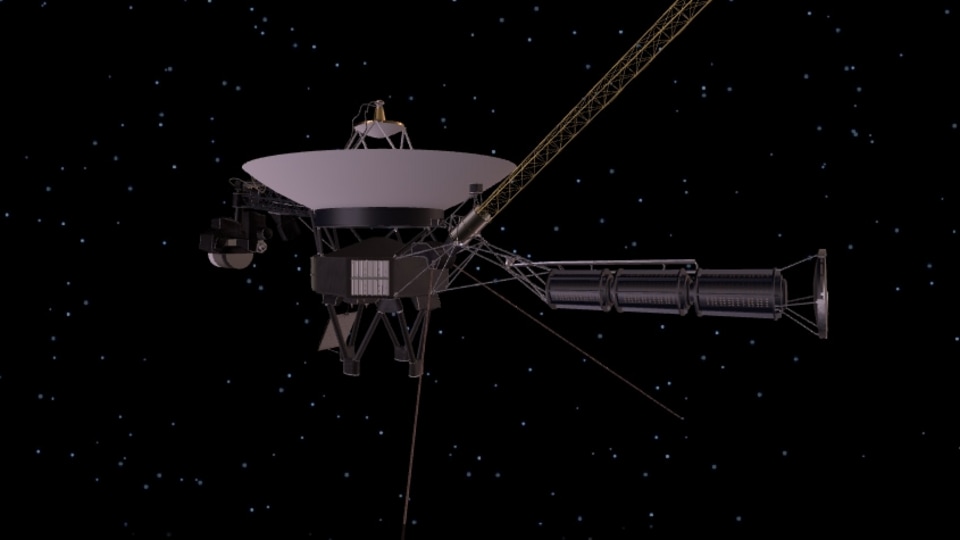
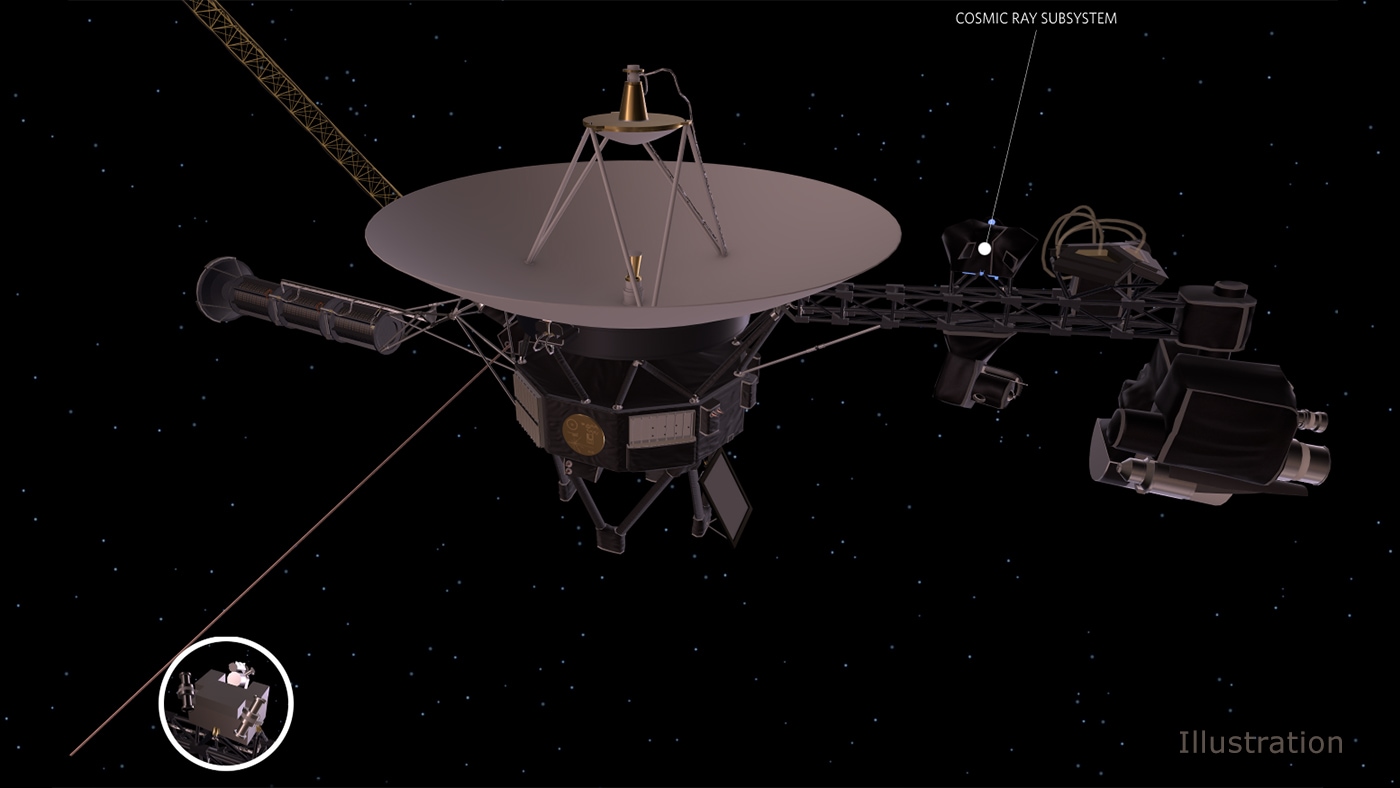

First Published Date: 01 Dec, 15:56 IST
Tags:
nasa
NEXT ARTICLE BEGINS


